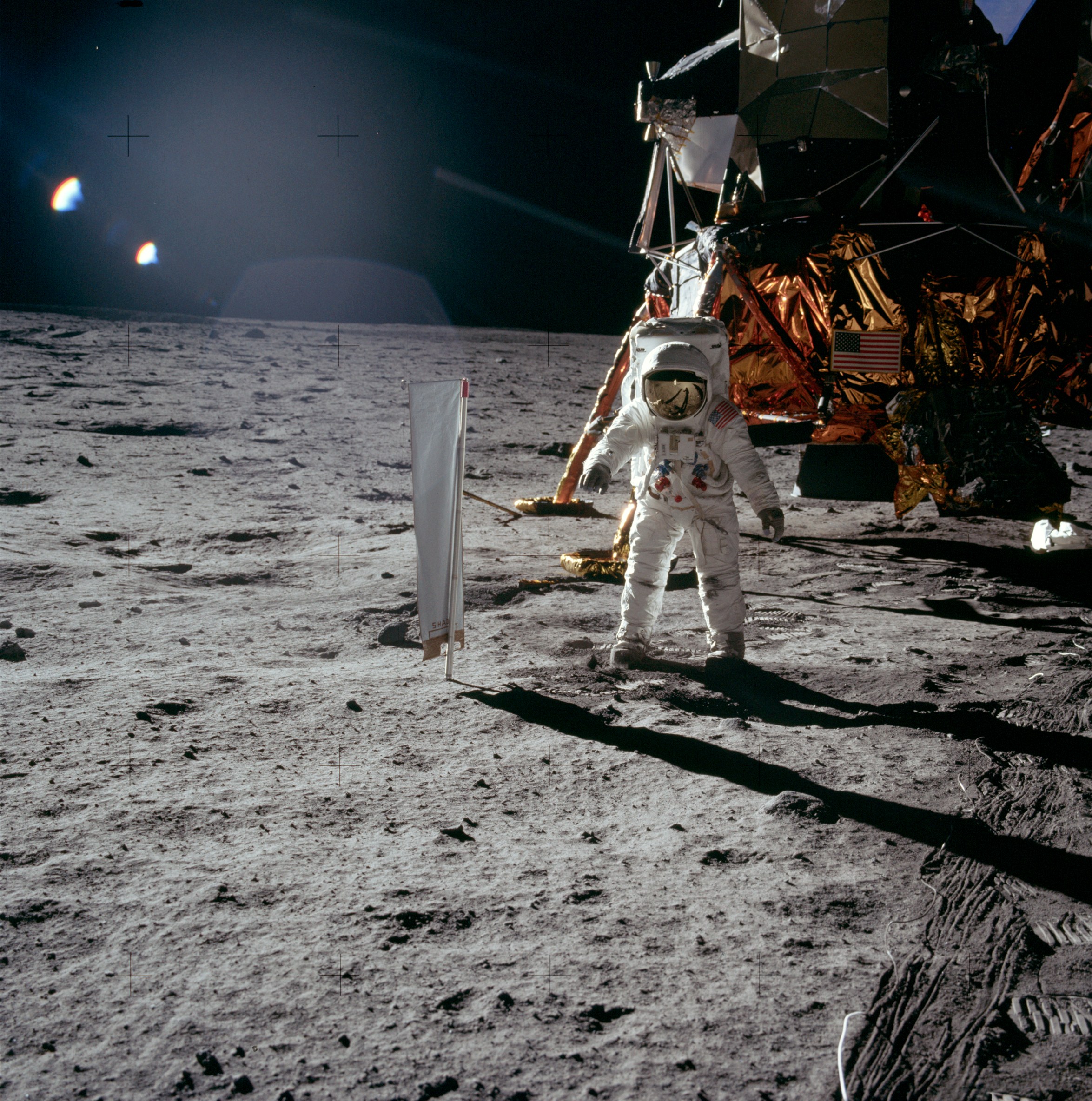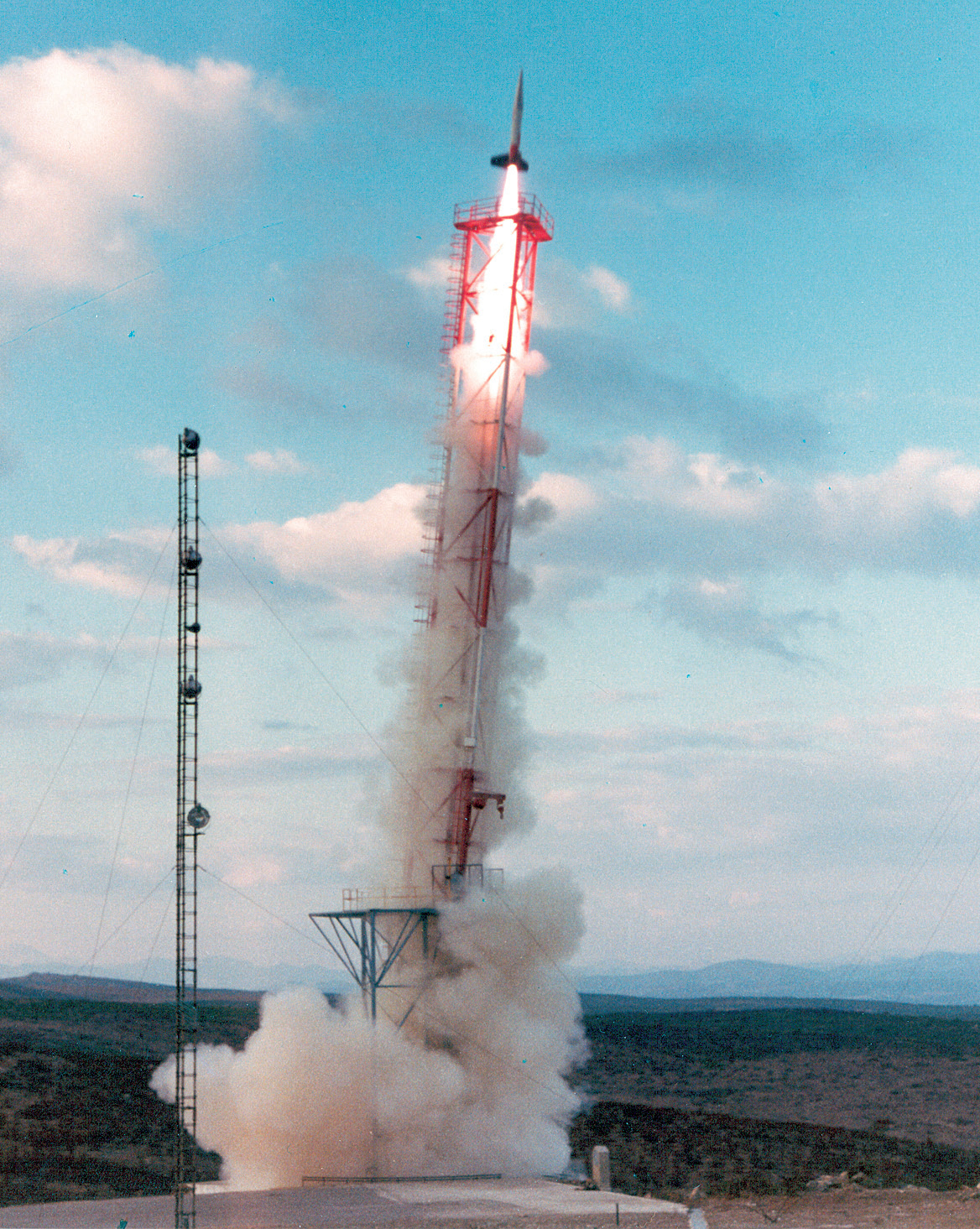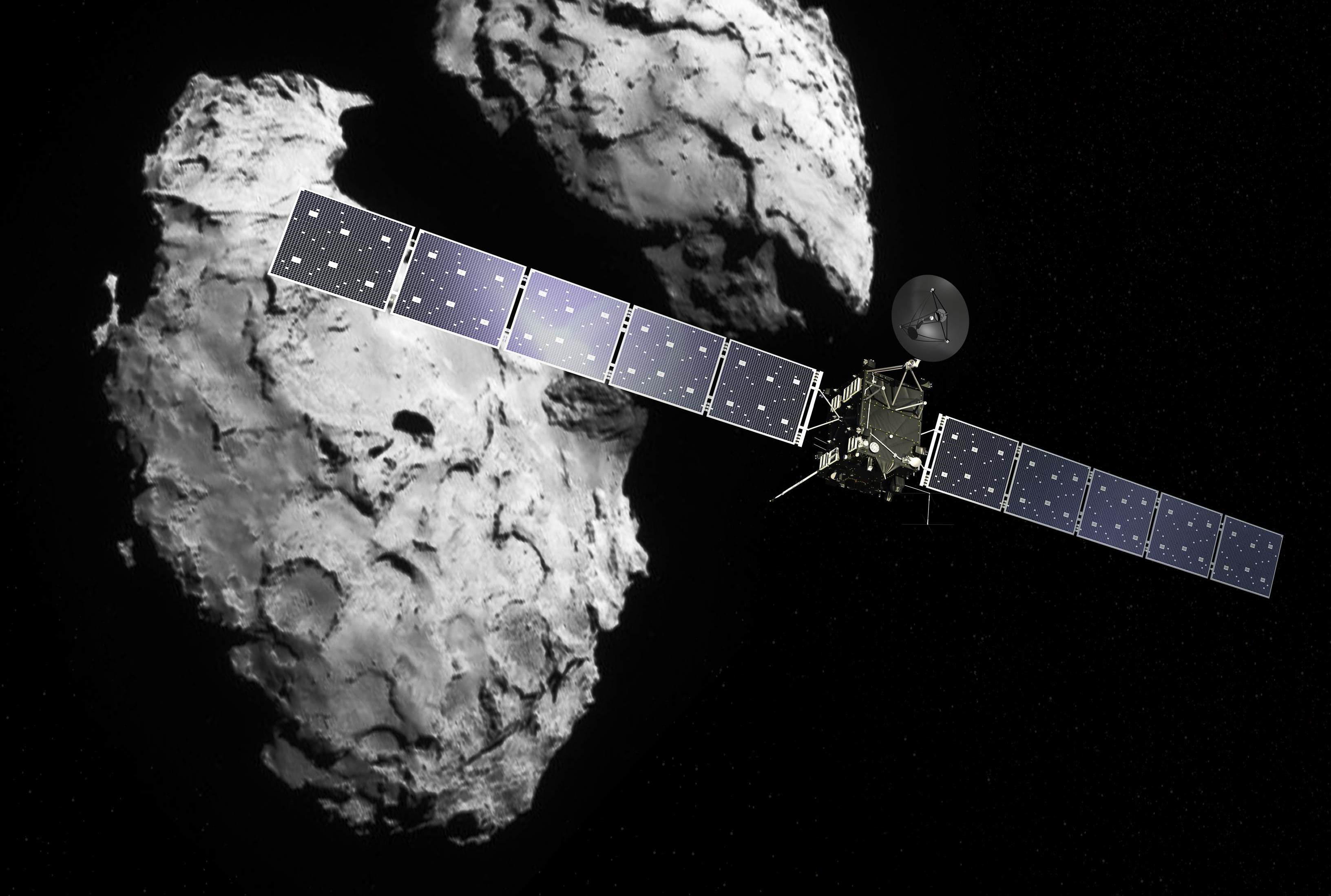50 years of space exploration at the University of Bern
This year, the University of Bern celebrates 50 years of space exploration. Several dozen Bernese instruments flew on board space probes, to explore the formation of solar systems and the origin of life. One of them, the Bernese solar sail, was deployed in the course of the first landing on the Moon. At the "Researchers’ night" on 16 September, an exhibition will present the highlights of Bernese space exploration.
The space exploration at the University of Bern, started on 27 October 1967 with a test flight of the Zenith rocket by Contraves. With scientific instruments on board, it was to explore the upper atmosphere (80–500 kilometres above the Earth’s surface). The measurement instruments had to be as small as possible and very robust, to survive the rocket launch, and function reliably in space in spite of adverse conditions. Yet their measurement performance had to be as precise as the large, heavy laboratory instruments. The Bernese space researchers mastered this almost impossible task already on the first attempt. This expertise became a trademark of Bernese space exploration over the years.
Bernese solar sail on the Moon
The first high point followed soon after with the Moon landing in 1969. The Bernese solar sail, the Solar Wind Collector experiment (SWC), was the first non-US American experiment in the Apollo programme by NASA. Deployed on the Moon by the astronauts, even before the US flag, it collected particles of the Sun, which were then examined in the Bern laboratory, with specially developed mass spectrometers. This first big success was the basis for solar wind research at the University of Bern, which deals with particles, which are continually emitted into space by the Sun. As a result, experiments for space probes were built over more than three decades, which directly measured the solar wind on missions by the European Space Organisation and NASA (ISEE-3, Ulysses, WIND, SOHO, ACE, Genesis, and Solar Orbiter).
With the availability of high performance rockets and more complex space probes, the research interest shifted from near-earth space further into outer space. In this way, the Bernese physicists contributed to the exploration of the magnetosphere, with custom-made mass spectrometers on space probes (GEOS, CLUSTER, POLAR, IMAGE).
On a comet hunt
The University of Bern was also involved in the ESA mission to Halley's comet (Giotto mission) and Churyumov-Gerasimenko (Rosetta mission) each with their mass spectrometers. These comet visits significantly contributed to a better understanding of comets, and the origins of our solar system. The Rosetta mission was successfully completed in 2016, with great worldwide media interest. The data they collected will be evaluated over many years, and promises further exciting findings.
Exploration of planets and exoplanets
The exploration of planets led to new experimental methods. High resolution cameras and further instruments were added to the mass spectrometers, which flew to Mars and Venus (MarsExpress, VenusExpress) – like the Bernese camera CaSSIS currently on board the ExoMars mission. Shortly, the Bernese laser altimeter BELA and the mass spectrometer STROFIO with BepiColombo will set off for Mercury (start 2018). A trip to Jupiter is planned with further Bernese experiments, for 2022 with the JUICE mission.
To gain knowledge about planets outside of our solar system – so called exoplanets – an additional research group was established in Bern. It perfoms detailed model calculations, and amongst other things, interprets data from ground-based and space-based research telescopes. In addition, today, Bernese space researchers are even leading the ESA mission CHEOPS, and are responsible for building the space telescope of the same name.
Impressive record over the last 50 years
Bernese space exploration in figures, gives an impressive record: Instruments have flown into the upper atmosphere and ionosphere with rockets 25 times (1967–1993), nine times on balloon flights into the stratosphere (1991–2008), 32 instruments flew on space probes, and a satellite was built (CHEOPS, start 2018). The successful work of the department of space exploration and planetology, of the Physics Institute, was strengthened by the founding of a university competence centre, the Center for Space and Habitability (CSH). The Swiss National Fund also awarded the University of Bern the National Center of Comptence in Research (NCCR) PlanetS, which they manage together with the University of Geneva.
50th anniversary exhibition
The divison of Space Research & Planetary Sciences of the Physics Institute, is using the 50th anniversary as an occasion, to look back on its successful and exciting history, and present the most important stages of Bernese space exploration in an exhibition that will be shown on the third "Researchers’ night" on Saturday, 16 September.
2017/08/28




